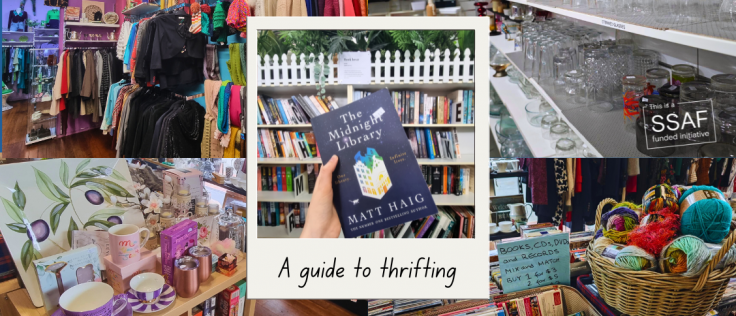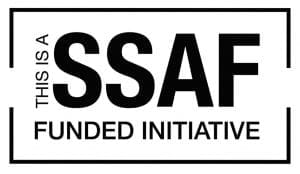Written by Kirra Webb
Thrifting is quickly becoming a great way to push back against fast fashion waste. It not only saves money and reduces landfill, but also allows for timeless style that isn’t confined to current trends.
Whilst mostly known for second hand clothes, there are a vast range of goodies offered by op shops. If you are moving into a new place you might want to check the furniture and kitchenwares sections. Quirky brick-a-brack, books, vinyls and boardgames make for unique gifts.
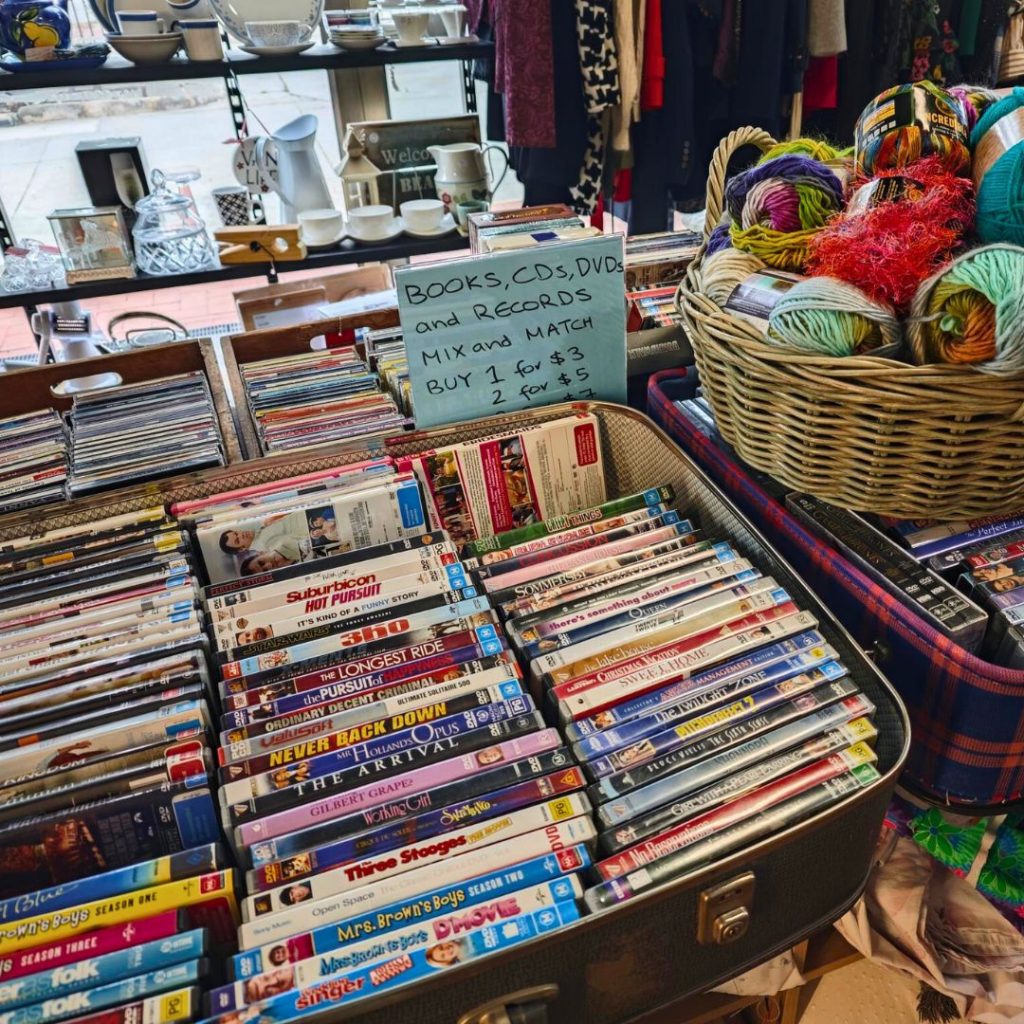
Here are six tips to start your thrifting journey:
1. Sell/Donate Before You Buy
A great way to create space in your wardrobe is to sell or donate. You can sell online through Depop, Marketplace or Ebay or with a consignment store. When you donate, make sure to follow the stores guidelines and that everything is clean and in good condition.
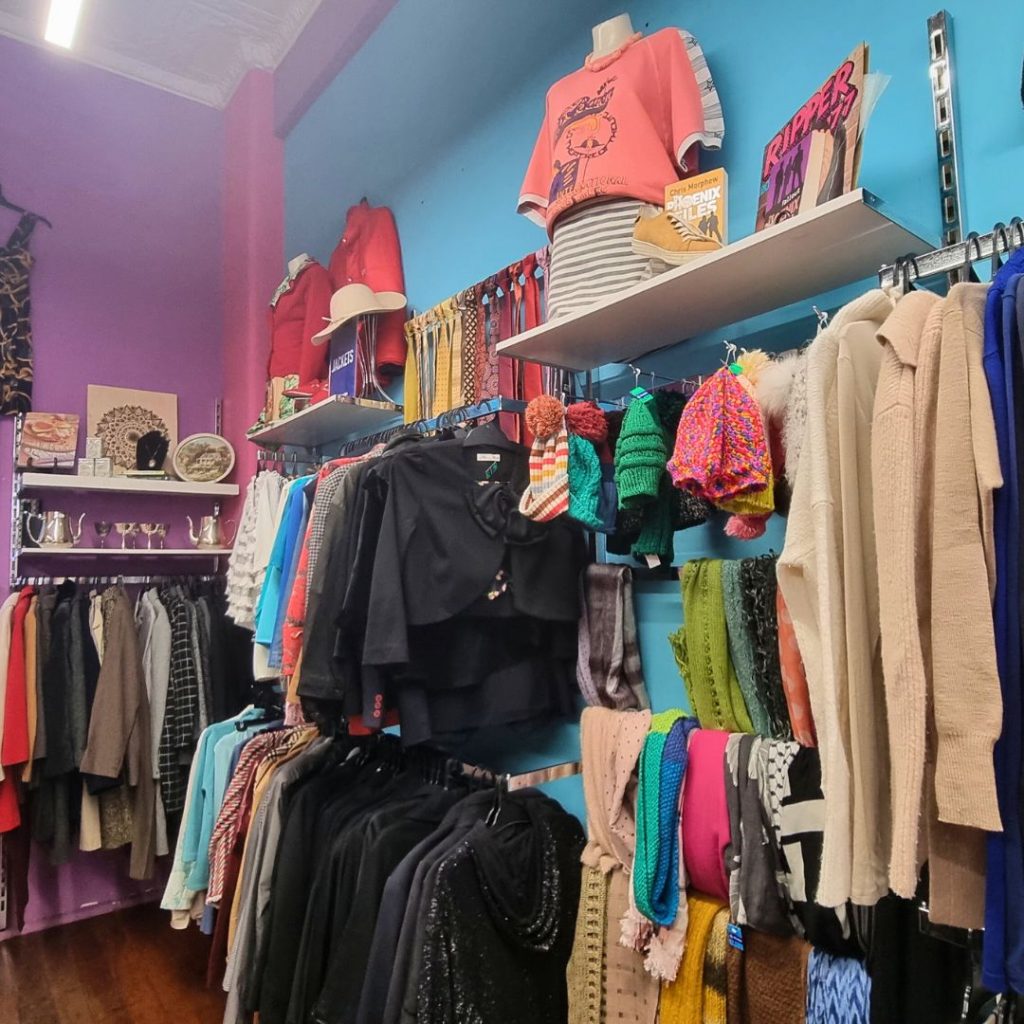
2. Choose the Right time to Shop
Weekdays are often less busy and when stores restock, so can be an ideal time to grab a bargain before the weekend rush. Stores also have weekday discounts, for instance Salvos has student and concession deals. There are also many rotational sales so be sure to keep an eye out! The best time to buy seasonal clothing is when the demand is low and everyone is clearing out their wardrobe for the next season. Shop for jackets and boots in the spring/summer and look for sundresses, tees, and sandals in autumn/winter.
3. Master the Art of Browsing
Op shops can be perplexing, and good finds can take time. Firstly, scan along hangers or shelves for desired colours or items. You can plan ahead by taking note of the things you already own, then making a list of the things you are looking for. If you need to, take pictures to help remember what you have and want.

4. Avoid Impulse Purchases
The prices may be low, but it can start to add up if you buy too much. Ask yourself, Would I buy this new at full price? If yes, then it is an absolute get. If no, maybe have another think. Also check the washing instructions, don’t bother with dry clean or handwash only if that isn’t something you’d do.
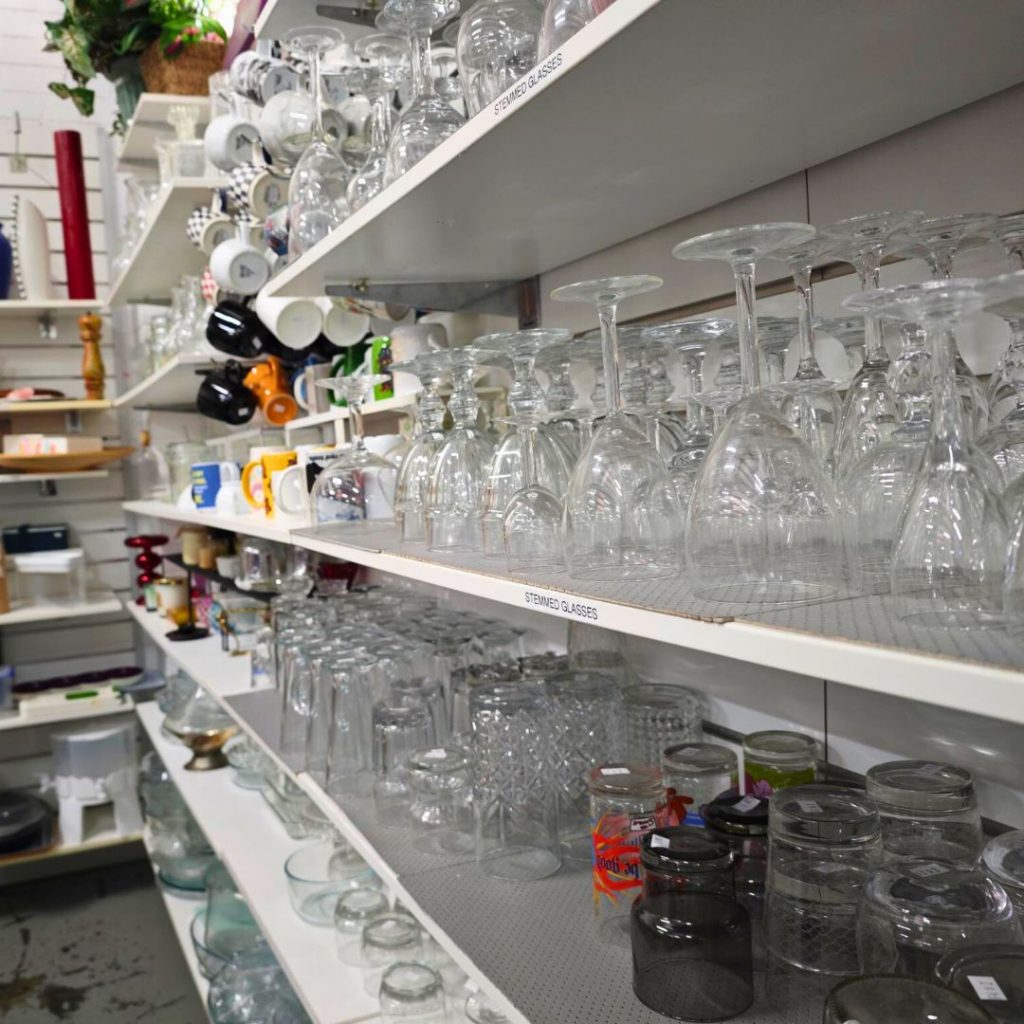
5. Look for Quality
Quality is more important than quantity. Natural materials are often higher quality, longer lasting and reduce the creation of microplastics. Look for hardwood furniture, cotton, linen, silk and wool for clothing, and genuine leather for shoes and bags.
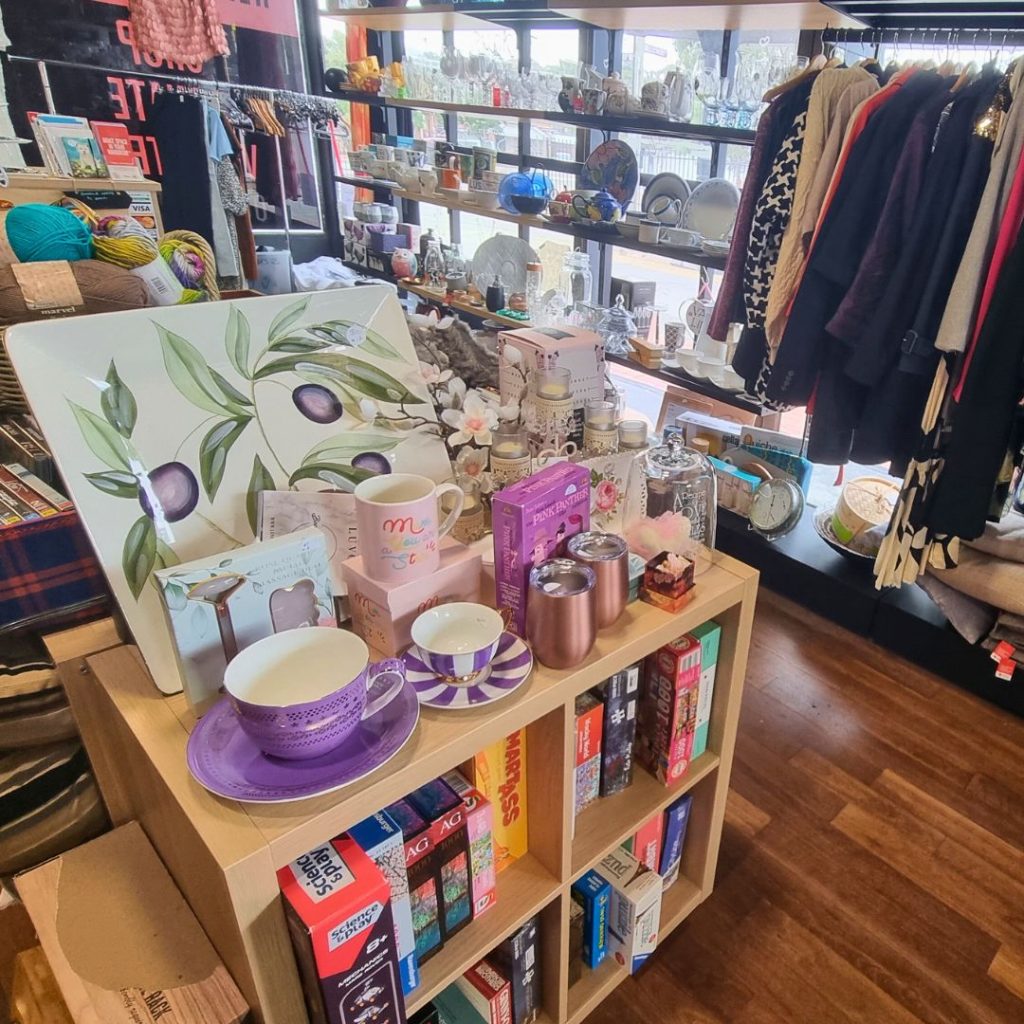
6. A Little Bit Fancy
A woven, not printed, tag in a piece of clothing usually means it is a more expensive brand. Many op shops now have “gold” or designer sections while consignment stores can offer vintage items, or other high-end pieces. Whilst pricier than regular stock, you can still find some incredible deals (I’ve nabbed an Alexander Wang dress for only $20!).
Thrifting is more than just finding some bargains, it is an adventure, a lifestyle, and most importantly it saves the planet!
Charlie blog is a SSAF funded initiative


